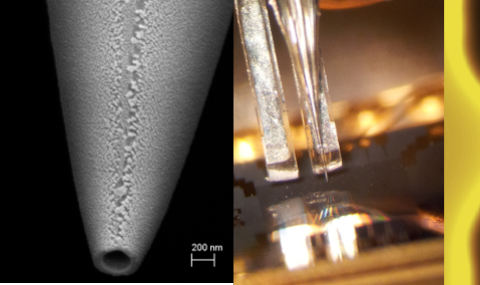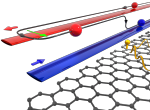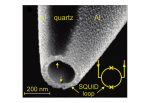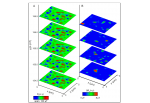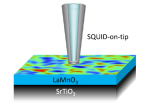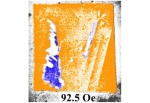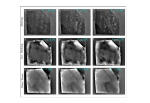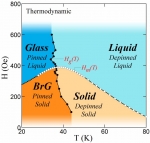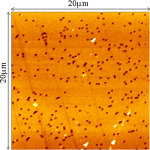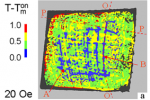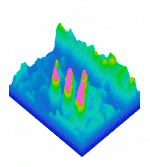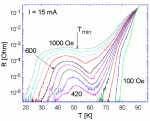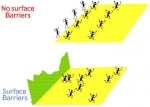Probing work and heat dissipation in the quantum Hall edges of graphene
Combining our nano-SQUID on tip with scanning gate measurements in the quantum Hall phase of graphene we were able to measure and identify work and heat dissipation processes separately. The measurements show that the dissipation is governed by crosstalk between counterpropagating pairs of downstream and upstream channels that appear at the same graphene boundaries because of edge reconstruction.


